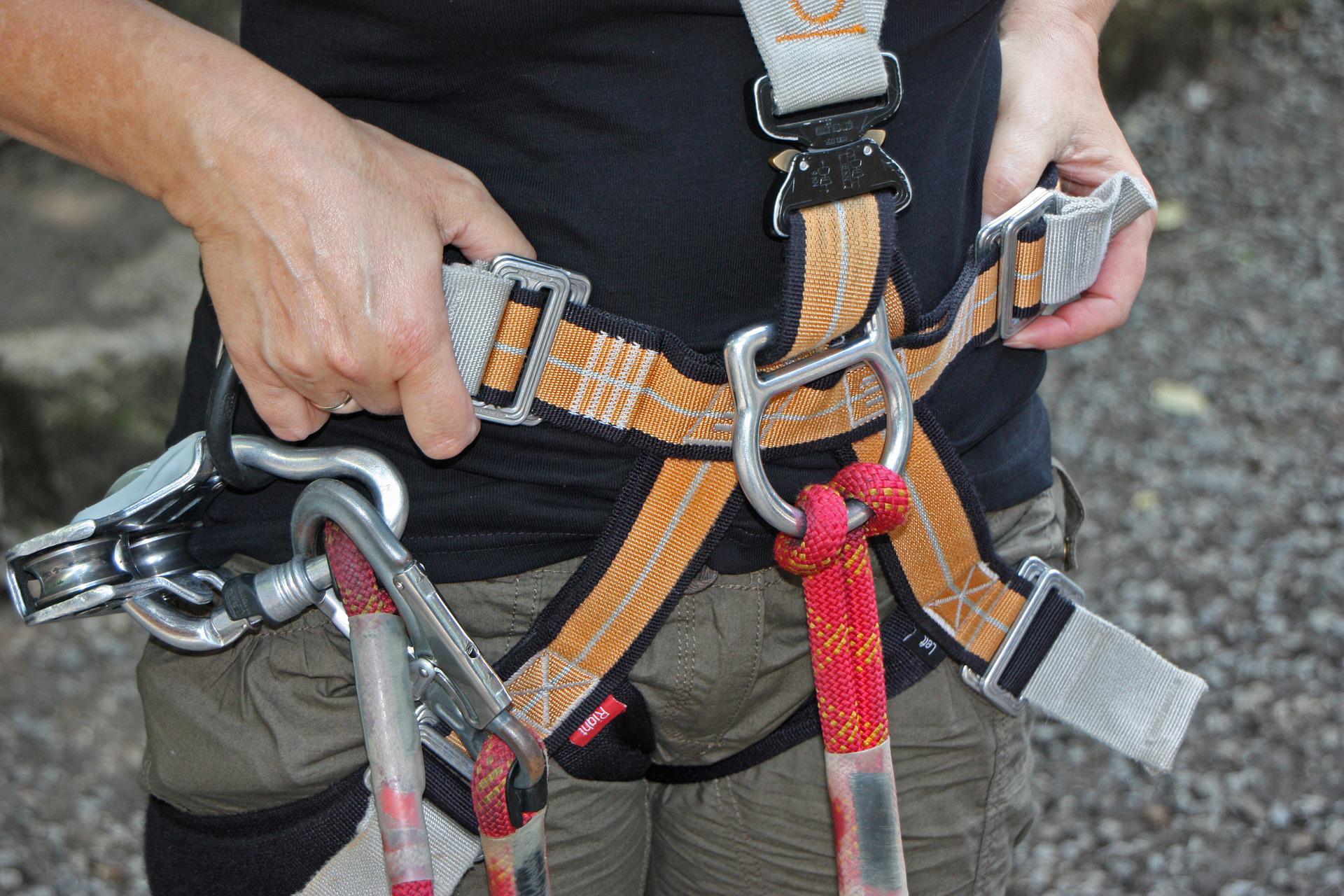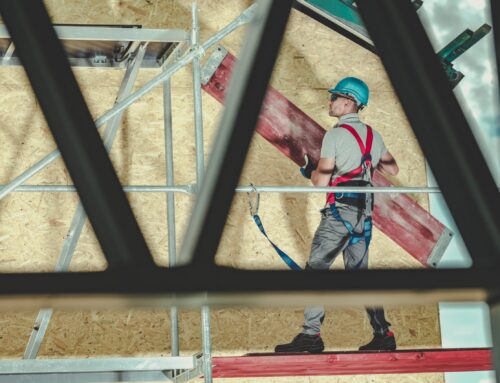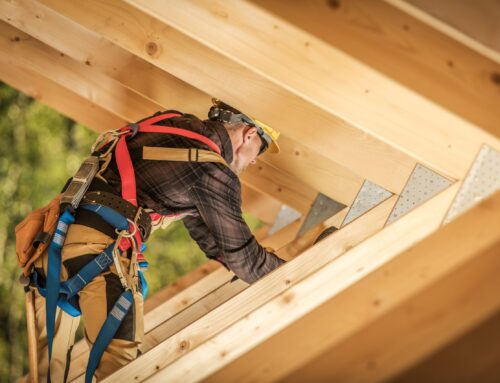Improper fall protection is one of the most cited and fined violations in the United States and Canada, and for good reason. Do you. know how to get it right?
Step 1
When it comes to Fall Protection it’s all about knowing your enemy. This starts long before you’re training anyone. You need to know and understand exactly where your hazards are and have a clear plan on how you and your company will protect employees, contractors, and visitors. This hazard assessment process can take as long as a couple days depending on the size of your organization. Here’s how to get started:
- Find and list all the situations – including the area, jobs, and conditions in each – that will require your employees to wear or use Fall Protection. Remember to identify same-level fall hazards as well – those that don’t involve falls to a lower level or require use of PPE. Same-level falls generate a substantial portion of injuries every year in North America.
- For each situation, list out what kind of fall protection actions are required.
- Rank the risk of each situation on your list from 1-5, with 1 meaning the situation has a low risk of injury, and 5 being a high risk of injury.
- For each situation where an employee will be asked to wear fall protection, create a specific policy covering how an employee should be rescued in the event of a fall.
Step 2
Now that you’ve audited the situations where Fall Protection will be required, it’s time to acquire and check any fall protection equipment you need. Carefully inspect every piece of fall protection equipment. Look for tears, frays, jagged edges, and any other signs of serious wear. Equipment with any issues should be replaced immediately.
Step 3
Next up is training your workers.
Remember the lessons we learned in Safety Training 101:
- Prepare for your upcoming training meeting – review material, create an outline, choose a couple ways to interact with your attendees, and practice
- Greet your employees by name
- Communicate with enthusiasm.
These things may seem minor, but done right, they’re proven to make training more effective.
A strong training program will also cover the following:
- Fall protection training requirements
- An overview of each situation you discovered during Step One, relating each to what attendees could experience on the job.
- Presentation of any equipment that will be used, and demonstration of how to use it
- If you’re using fall protection equipment, take employees out to the joist – have each employee demonstrate complete understanding of the skills you are training to teach
- Your fall protection rescue plan
Step 4
Rescue preparation is one of the most ignored topics when it comes to fall protection. Many companies rely on fire departments or emergency services to rescue a fallen employee. The problem? It often takes precious time for emergency services to arrive – time that can mean the difference between life and death.
In Step One, you identified plans for rescuing a fallen employee. In Step Three, you trained your workers on your fall protection rescue plan. Now it’s time to put it to the test. Arrange a drill and test your plan. You can use a CPR mannequin or large bag of flour to simulate a fallen worker. Be sure workers understand how serious a fall is, and help them work quickly and efficiently to rescue the employee in need.
There’s nothing wrong with asking emergency services for help, but they shouldn’t be your only plan. Invite the Fire Department to your facility. Give them a tour and get their opinion on how to rescue a fallen employee. Most departments will enjoy and appreciate your approach to help and teamwork.
Step 5
The last step of any strong program is to evaluate its effectiveness. Tour your sites. Look for employees doing it right or wrong. Take a moment to recognize and applaud employees for any great efforts.
If you or a member of your safety team finds an employee doing something incorrectly, you can do the following:
- Politely ask them to stop and join you away from others
- Demonstrate correct procedures
- Have the worker review the training originally used
- If eLearning or videos were used, you can reassign the course to an employee
- If you trained onsite exclusively, you can walk them through some of the training meeting material
- Track your retraining programs and control liability risks by keeping records of any retraining.
Finally, solicit input on your program. Include employees and other members of your safety team.
Fall Protection is a dangerous hazard in the workplace, but with a few simple steps and the right preparation, you’ll keep your workers out of harm’s way!






